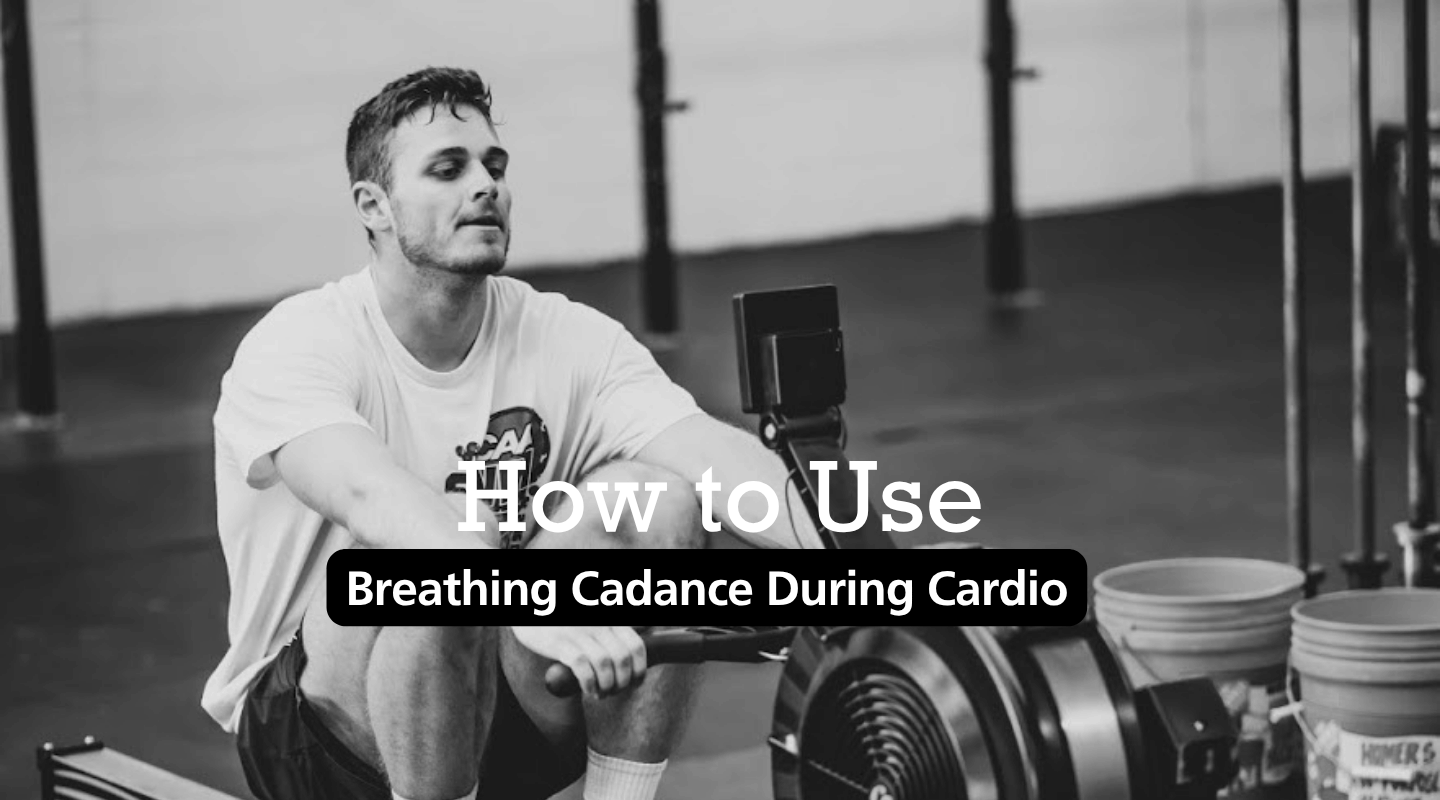

Breathing cadence during cardio helps regulate your pace and avoid burnout, especially during running or long intervals. In Newark, DE, athletes use it as a simple, no‑tech pacing tool.
Most people push their cardio too hard, too early. Whether it’s running, rowing, or assault bike intervals, they end up breathless by minute two and stuck in “redline.”
One big reason? No awareness of breathing cadence. Folks either gasp nonstop or muscle through, ignoring their body’s signals. Without a pacing system, effort becomes guesswork—and leads to early burnout.
Breathing cadence = syncing breath to movement and adjusting based on intensity. Works whether you’re jogging near UD campus or using the assault bike in the gym.
At Hardbat, Dave used this method during his 5K training—no more race burnout, and he dropped his time by nearly 2 minutes.
Interested in functional group training that emphasizes pacing and skill? Explore our Small Group Fitness programs.
If you're forced into a 1:1 pattern and still gasping, you’re going too hard. Back off until you’re at a steady 2:2 or 3:3 rhythm.
Start with 3:3 or even 4:4 to slow things down and build aerobic capacity. Over time, you can handle faster splits while staying controlled.
Yes. Rhythmic breathing promotes smoother, more consistent strides and reduces the tension that comes from being winded.
Exhale with effort during movements (like swings or presses), then return to nasal breathing during rest to recover faster.
Derek Batman, CSCS, has coached athletes and busy adults in Newark, DE for over 14 years. He specializes in strength & conditioning, habit change, and making fitness a non‑negotiable part of life.